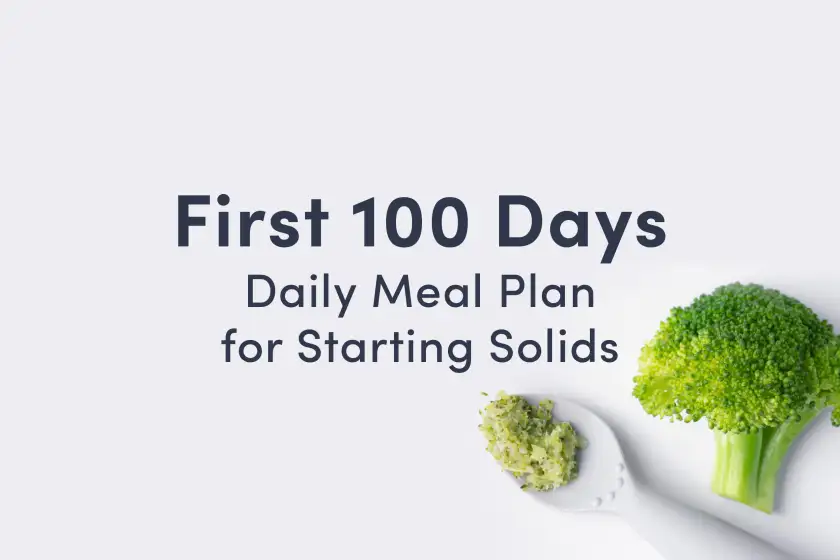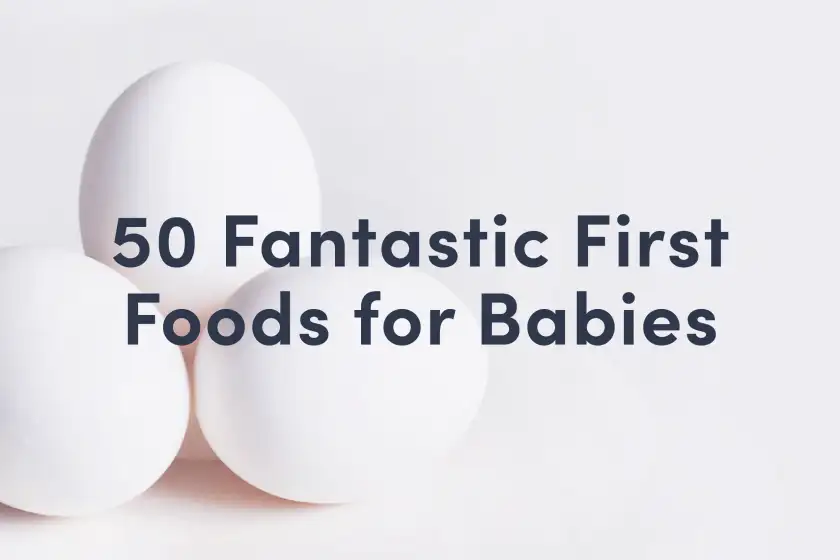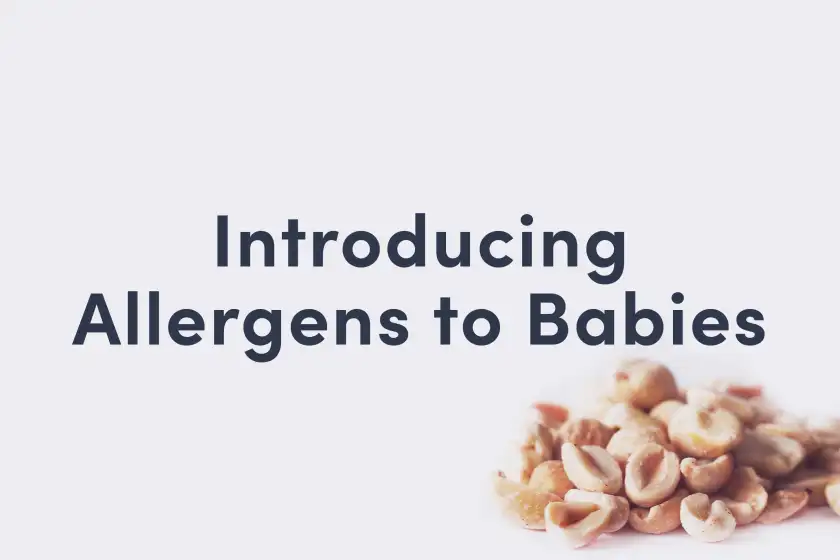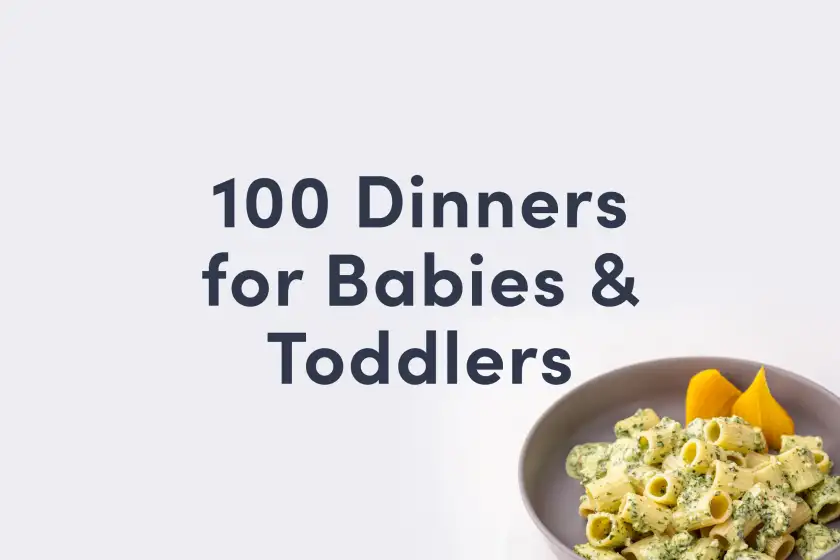Pecorino Cheese
Dairy
Age Suggestion
12 months
Iron-Rich
No
Common Allergen
Yes
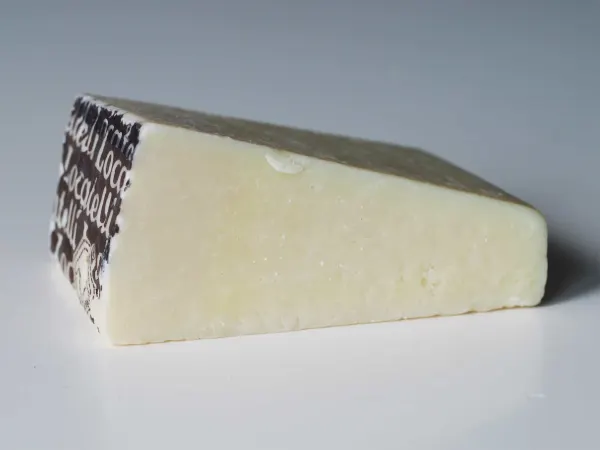
When can babies eat pecorino cheese?
Because it is so high in sodium, it is best to wait until your baby is 12 months or older to introduce pecorino. The best cheeses for babies 6-12 months old are fresh mozzarella, fresh ricotta, goat cheese, mascarpone, and Swiss cheese. These cheeses are usually low in sodium and safe for babies starting solids.
Background and origins of pecorino cheese
Pecorino derives its name from the Latin word pecora, which has evolved to mean “sheep” in Italian and describes the classification of cheese derived from sheep’s milk. There are seven varieties of Italian pecorino cheeses, and three of them dominate the American market: Romano, Sardo, and Toscano. Romano cheese is hard and mostly used for grating. Sardo and Toscano cheeses can be soft or hard. Notoriously salty in taste, pecorino is a feature ingredient in Cacio e Pepe, the famous Italian pasta dish.
Videos
Is pecorino cheese healthy for babies?
In moderation if your child is 12 months or older. Pecorino is packed with calcium, fat, and protein, and it is typically easier to digest because it’s aged and made from sheep’s milk. However, pecorino is very high in sodium, which if consumed in excess, can lead to hypernatremia, a condition of having too much sodium in the blood, which affects the balance of water in our bodies. Early and excessive exposure to sodium is also thought to play a role in cardiovascular disease, hypertension, and obesity.
When selecting cheese for your baby or toddler, you want to look for a cheese that is:
Pasteurized
Low sodium (less than 100mg per serving for babies younger than 12 months)
Whole fat
Is pecorino cheese a common choking hazard for babies?
Yes. With the exception of very soft and smooth varieties of cheese (such as ricotta, which is so soft it can even be eaten with a spoon), most cheeses can present choking hazards when not prepared safely for your baby to consume. In fact, cheese is one of the top foods to cause choking in children who are 5 years old and younger. To minimize the risk, grate the cheese over your child’s food, or slice it very thinly and offer just one piece at a time.
For more information, visit our section on gagging and choking and familiarize yourself with common choking hazards.
Is pecorino cheese a common allergen?
Yes. Dairy products, including cheese, are among the top food allergens. Cow’s milk allergy is one of the most prevalent allergies in young children, and it’s likely that a child who is allergic to cow’s milk will also be allergic to sheep and/or goat’s milk.
Research shows that the majority of children with cow's milk allergy will outgrow it by age 6 and many babies with milder symptoms of milk protein allergy (which can show up as painless blood in stool) are able to successfully reintroduce cow's milk with the guidance of their doctors.
Pecorino cheese should not be the first dairy product introduced to your babies due to its high level of sodium, and even when they’re ready to consume the cheese (after their first birthday), we recommend beginning with a small serving and watching closely as they eat. That way if there is an allergic reaction, it is hopefully manageable. Because most pecorino cheese is aged, it also contains histamines, which may worsen allergic reactions in some children.
How do you prepare pecorino cheese for babies with baby-led weaning?
Every baby develops on their own timeline, and the suggestions on how to cut or prepare particular foods are generalizations for a broad audience.
6 to 12 months old:
Avoid due to sodium levels.
12 to 18 months old:
Grate pecorino cheese as a topping on your baby’s dish of noodles or beans. If you’d like to introduce your baby to the salty taste of pecorino on it’s own, slice the cheese into very thin strips (visualize the width and thickness of a ruler) and offer one slice at a time to minimize the choking risk.
18 to 24 months old:
Continue to offer small amounts of pecorino grated on other dishes or slice thinly to offer on its own.
Pecorino has a strong salty taste. Once your baby is ready to try the cheese, use it as a flavor enhancer in moderation. Pecorino tends to taste best when it’s finely grated over pasta—like pixie dust falling on noodles.
For more information on how to cut food for babies, visit our page on Food Sizes & Shapes.
Written and reviewed by these specialists
Expert Tips Delivered to Your Inbox
Sign up for weekly tips, recipes and more!
The content offered on SolidStarts.com is for informational purposes only. Solidstarts is not engaged in rendering professional advice, whether medical or otherwise, to individual users or their children or families. No content on this site, regardless of date, should ever be used as a substitute for direct medical advice from your doctor or your medical or health professional, nutritionist, or expert in pediatric feeding and eating. By accessing the content on SolidStarts.com, you acknowledge and agree that you are accepting the responsibility for your child’s health and well-being. In return for providing you with an array of content “baby-led weaning” information, you waive any claims that you or your child may have as a result of utilizing the content on SolidStarts.com.



